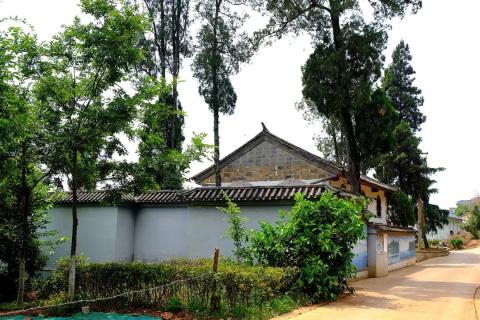
The steep cliff of Luohan Cliff in Xishan Mountain is adjacent to an artificial green space on the west bank of Dianchi Lake.
Green grass and trees are dotted with clusters of flowers. Under the cable car to Xishan, at the T-junction, a not wide cement road branches off from the Gao (峣)海 (口) Highway , along the lakeshore It winds its way south. Several magnolia trees at the intersection were blooming with white and purple flowers.
The site of a vanished village.
By the lake at the end of the cement road, under the shadow of a few tall and tall trees, there is the only remaining house in the village. It has gray roof tiles and looks like a Chinese-style courtyard. It is very quiet.

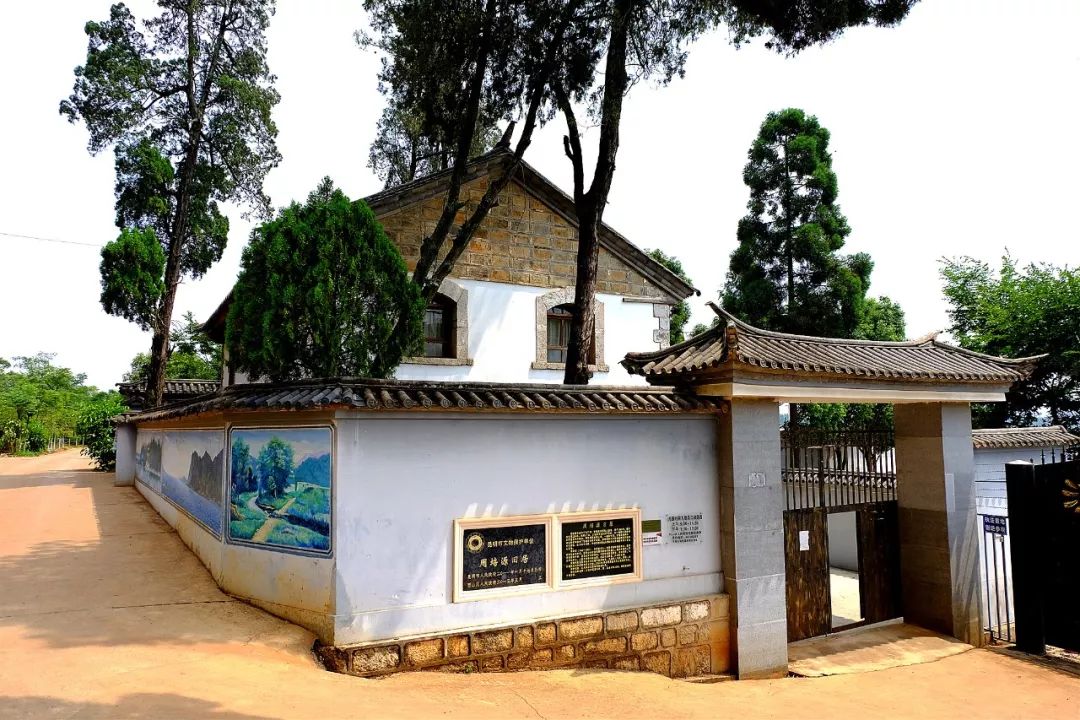
There used to be a village here called Longmen Village. It is also said that there were three village names here. The first one was called Shanyi Village. The Dragon King Temple was built here, so it was also called Longwang Temple Village. It was also called Longmen Village because it was located under the Longmen of Xishan Mountain. Longmen Village has been relocated, perhaps because of the Longmen on the mountain. The community here is still called Longmen Community, which governs Sujia Village, Yangjia Village, and Shanyi Village.
The lakefront of Longmen Village is close to Luohan Cliff on the west mountain. There is an ancient stone step road called Qianbu Cliff. The winding Qianbu Cliff leads to Longmen on the mountain. As long as the weather is fine, there are always city dwellers who come to Longmen Village by bus, bike or drive, climb up the stone steps to the Longmen Scenic Area, enter the scenic area gate and then go up to Longmen, where they can have a panoramic view of the scenery of Dianchi Lake and Kunming. City panorama.
Today's Longmen Village only has a name but no village. Because the village is close to Dianchi Lake, Longmen Village has been relocated elsewhere for the purpose of managing Dianchi Lake. The only house left is the "Old Residence of Zhou Peiyuan". During the Anti-Japanese War, Zhou Peiyuan's family lived here for four years. At that time, this place was still called Shanyi Village. Zhou Peiyuan is a famous fluid dynamicist, theoretical physicist, educator and social activist. This old building has been preserved because of the residence of celebrities.
Viewed from the outside of the courtyard wall, "Zhou Peiyuan's Former Residence" looks like a Chinese-style building, with a brick-column earth-wood-stone structure, a scissor-type roof truss, and a hard-mounted green tile roof.
The first time I went to visit the "Old Residence of Zhou Peiyuan", it was not open to the public at that time and the door was closed. I could only stand outside and take a look at the appearance. This time I went again and the door was open, so I couldn't help but feel happy that I had an opportunity.
Entering the courtyard, there is Teacher Ma from the Xishan District Cultural Relics Institute on duty. Teacher Ma introduced that based on public opinions, "Zhou Peiyuan's Former Residence" is now officially open to the public, with opening hours on Tuesdays and Thursdays every week. It was a coincidence that I went there that day, but I didn't expect it to be a Tuesday.
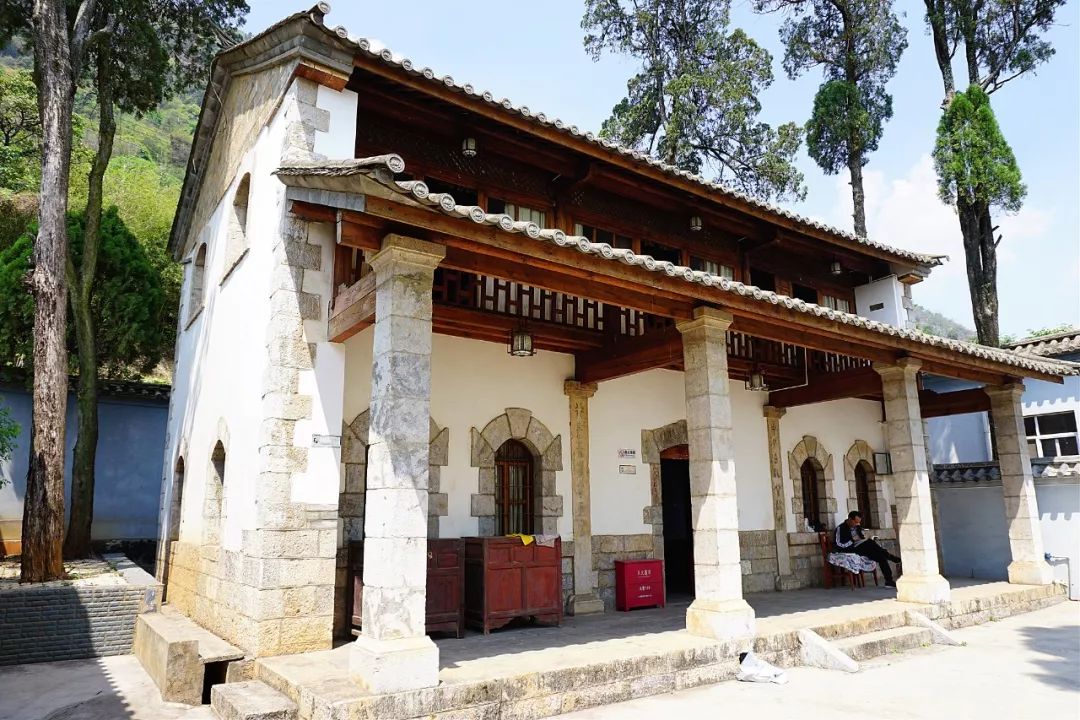
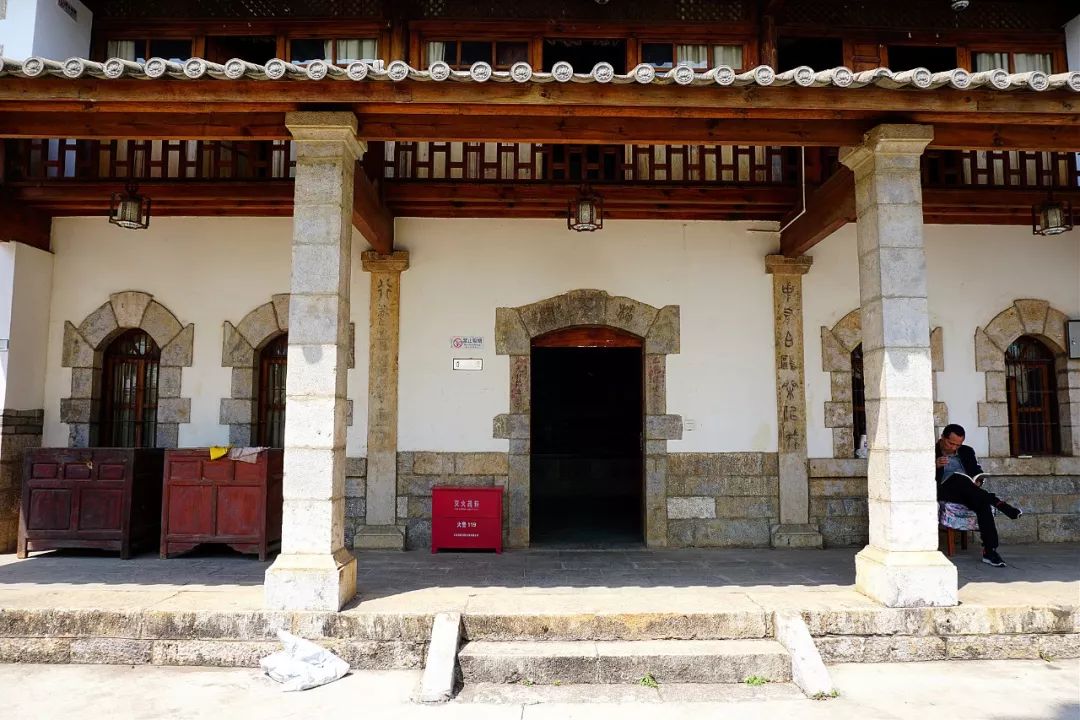
Teacher Ma introduced that the old house is actually a combination of Chinese and Western styles. The walls, doors, windows, and columns on the first floor adopt Western styles. The doors and windows are wide and have vaulted stone inlays. The front eaves and columns are square stone. On the stone pillars on both sides of the door in the middle, there are couplets written in seal script: "There is a white gull in the middle that is as leisurely as me", "Walking to the end of the Qingxi River, I suddenly saw someone", and the inscription is "Ta Cui Tower". This seemingly ordinary building also exudes a different kind of temperament.
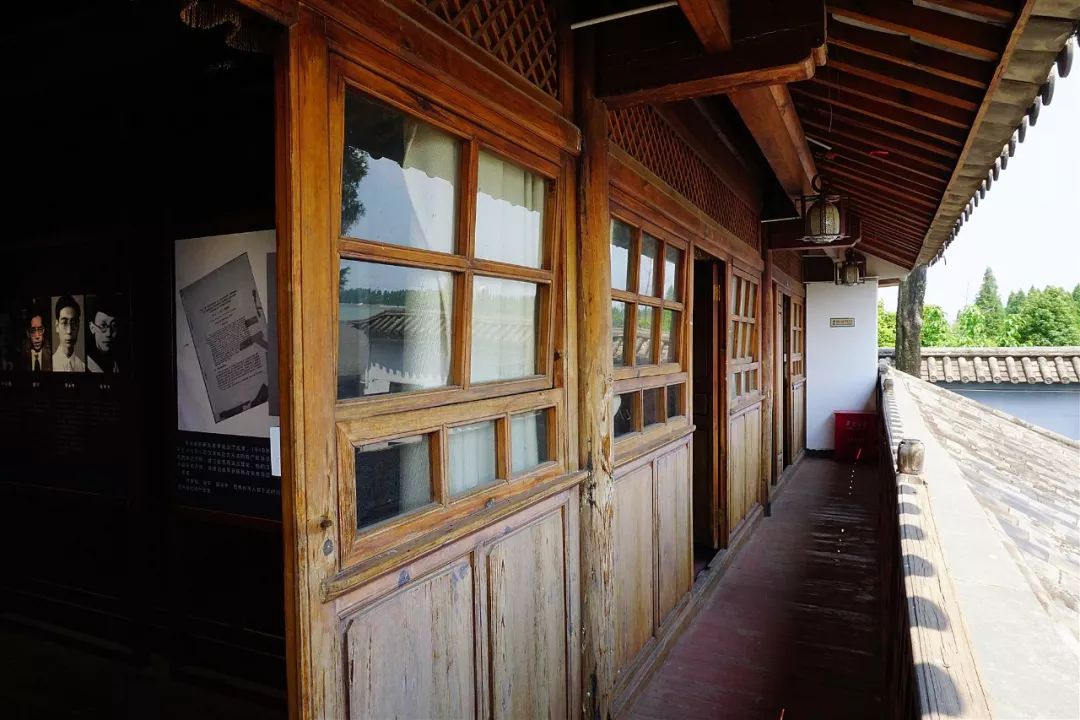
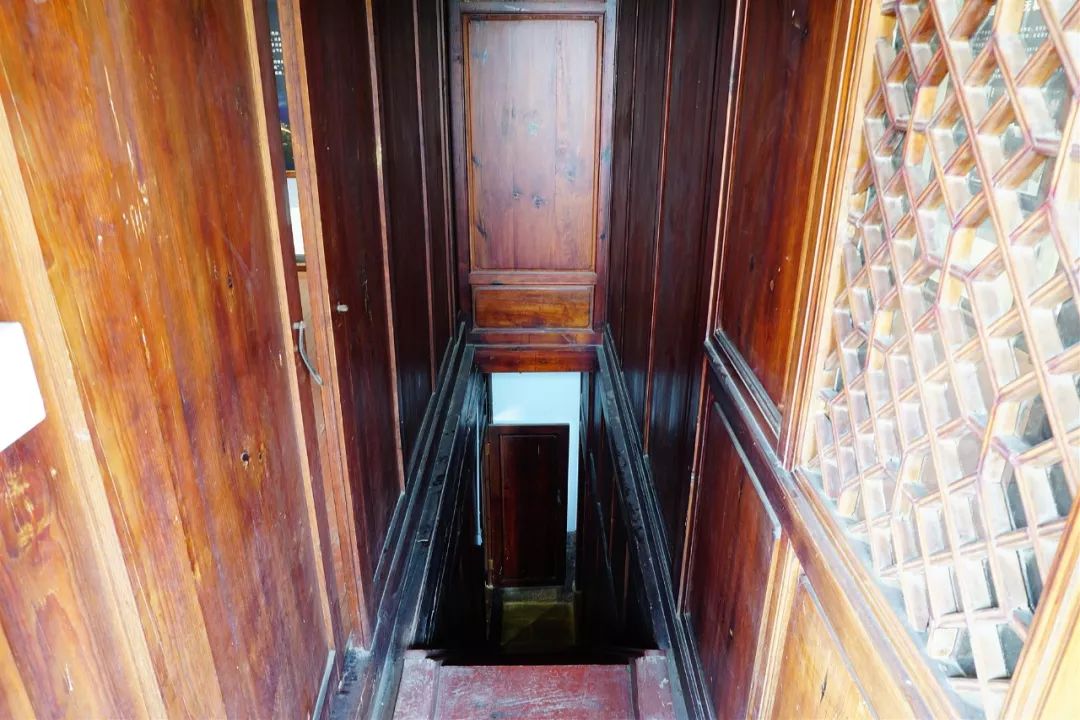
According to the "History of Cultural Relics in Xishan District", the building was built in the early Republic of China by a person who had studied in the United States. His life experience is unknown. In the 1930 era, this building served as the road construction headquarters for the Gaoyao-Guanyin Mountain Highway.
The Japanese invaded China and the Anti-Japanese War broke out. Kunming became the rear base of the war. Tsinghua University, Peking University, and Nankai University moved south to establish Southwest Associated University. Many famous teachers moved to Kunming. However, although Kunming was the rear base, Japanese military aircraft often visited it. According to the archives of the Anti-Japanese War preserved in the Kunming Archives, 1938 Year 9 moon 28 to 1943 Year 9 moon 20 day, 5 During that period, Kunming was bombed by enemy planes 29 Times, casualties 11479 people.
In order to avoid enemy bombing, many scholars and professors had to live in the suburbs of Kunming. Mr. Zhou Peiyuan, who moved to Kunming with Tsinghua University and taught at Southwest Associated University, also rented a house in Shanyi Village. 1938 In 1930, they moved to the bank of Dianchi Lake at the foot of Xishan Mountain to avoid attacks by enemy planes.
As a Ph.D. graduate from the University of California, USA, he had the opportunity to continue to stay in the United States to conduct scientific research, but Zhou Peiyuan still chose to return to China and serve his motherland with what he has learned. It was during the Anti-Japanese War, so the internal facilities of this small building in Shanyi Village were extremely crude. Despite the difficult conditions, scientists have not forgotten their cause and have not stopped moving forward in scientific theoretical research. While teaching at Southwest Associated University, Mr. Zhou Peiyuan did not give up his mechanics research. In a difficult environment, he conducted research on "turbulence theory" while teaching, 1940 He published his first paper on turbulence theory in .
Shanyi Village is more than 20 kilometers away from Southwest Associated University. The transportation conditions at that time were very poor and there were no buses. Zhou Peiyuan has to give lectures at school every Monday, Wednesday and Friday, and has to send his two daughters to Chejiabi for classes, which is extremely inconvenient. So he bought a horse and named it "Hualong". He rode the horse to send his daughter to school every day. During the lecture time of the United Nations General Assembly, he rode the horse to school again. Professor Zhou went to class on horseback, which became a favorite among the teachers and students of the United Union. Some people called him "General Zhou". Judging from the photos of Mr. Zhou riding a horse back then, he really looked like a general.
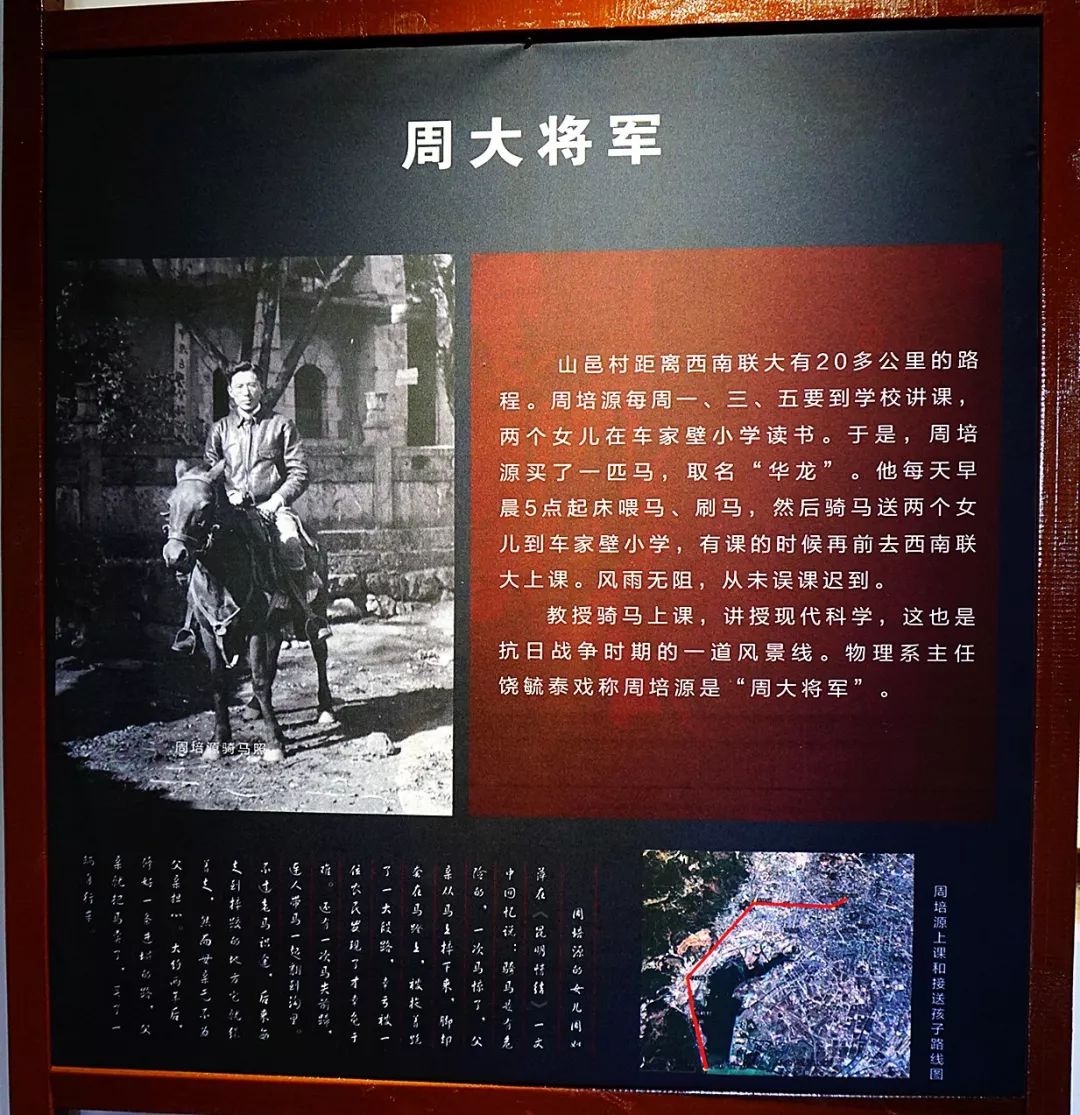
During the war, we lived in poverty and were exhausted from teaching and research. Fortunately, Shanyi Village was adjacent to the Dian Lake in front and the Western Mountains in the back. After a tiring day, coming in at night and listening to the frogs croaking by the lake and the pine waves of Luohan Mountain would surely relax us and let us relax. The soul gets a solace.
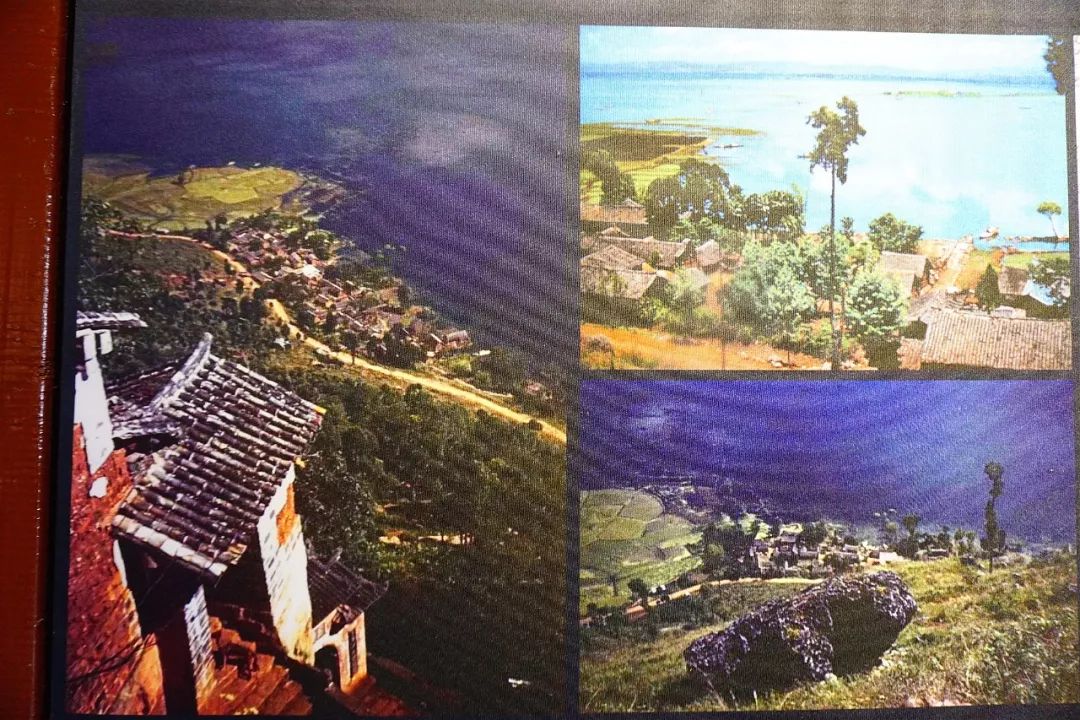
(Photos of old scenes of Longmen Village on display in the old residence)
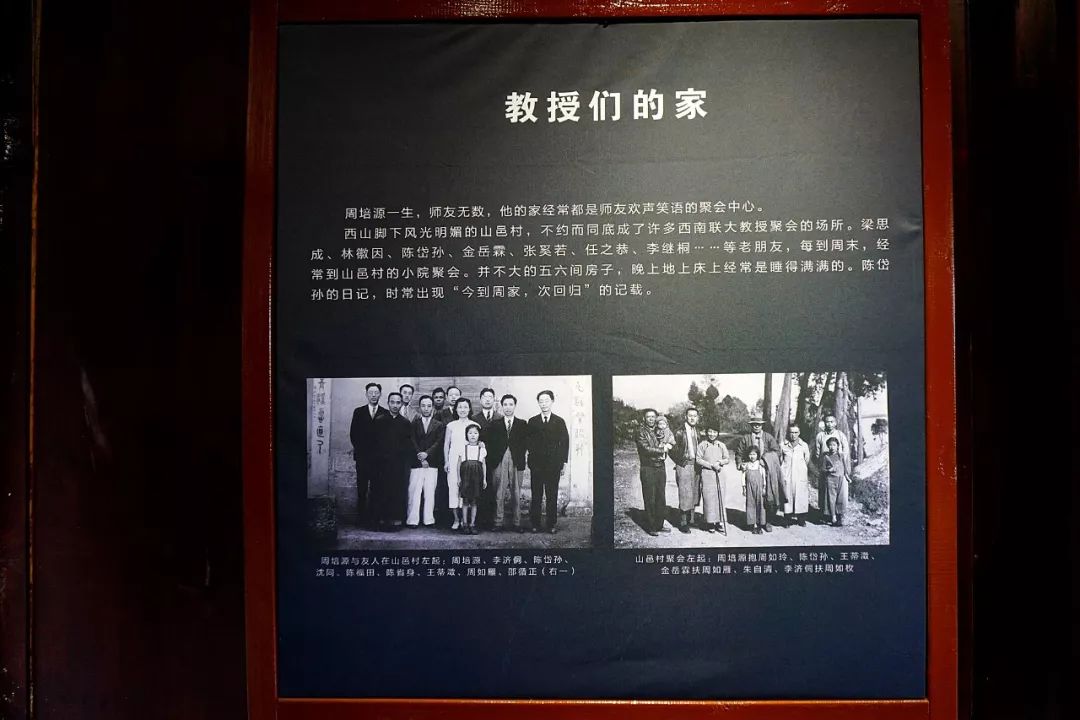
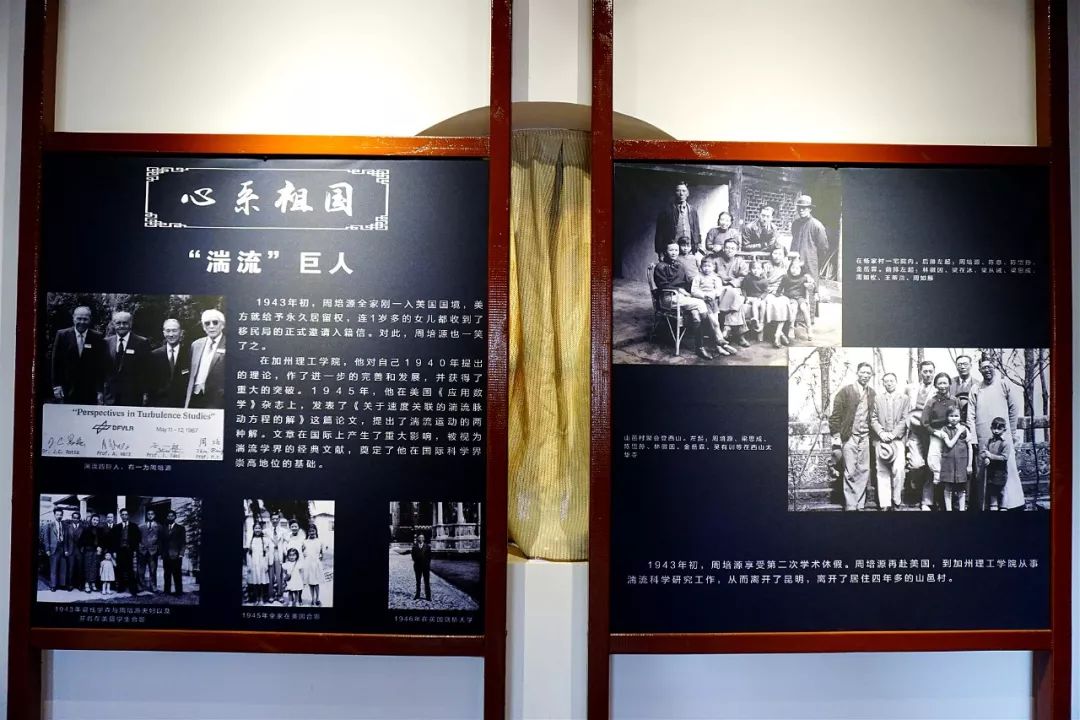
The beautiful Dianchi Lake and Xishan Mountain have not lost their charm due to the smoke of war. The sound of waves lapping the shore of Dianchi Lake is still there, the morning bells and evening drums of Xishan Temple are still there, and the romantic and unrestrained people who love life are still there. Every weekend, the small courtyard of the Zhou family often becomes a gathering place for the masters of Southwest United. From the photos displayed in the old residence, we can see the couple Liang Sicheng and Lin Yiyin and their children, Jin Yuelin, Zhu Ziqing, Li Jitong, Chen Daisun and others. Thinking back to those days, these masters who saved the country through education and science gathered together, brewed a pot of tea, stood in the corridor on the second floor, leaned on the railing and looked at the vast sparkling water of Dianchi Lake, and let their thoughts fly; then climbed up the West Mountain to see the pines and birds singing. Feel the feelings of the mountains and breathe the fresh air. It is such a rare peace and tranquility.
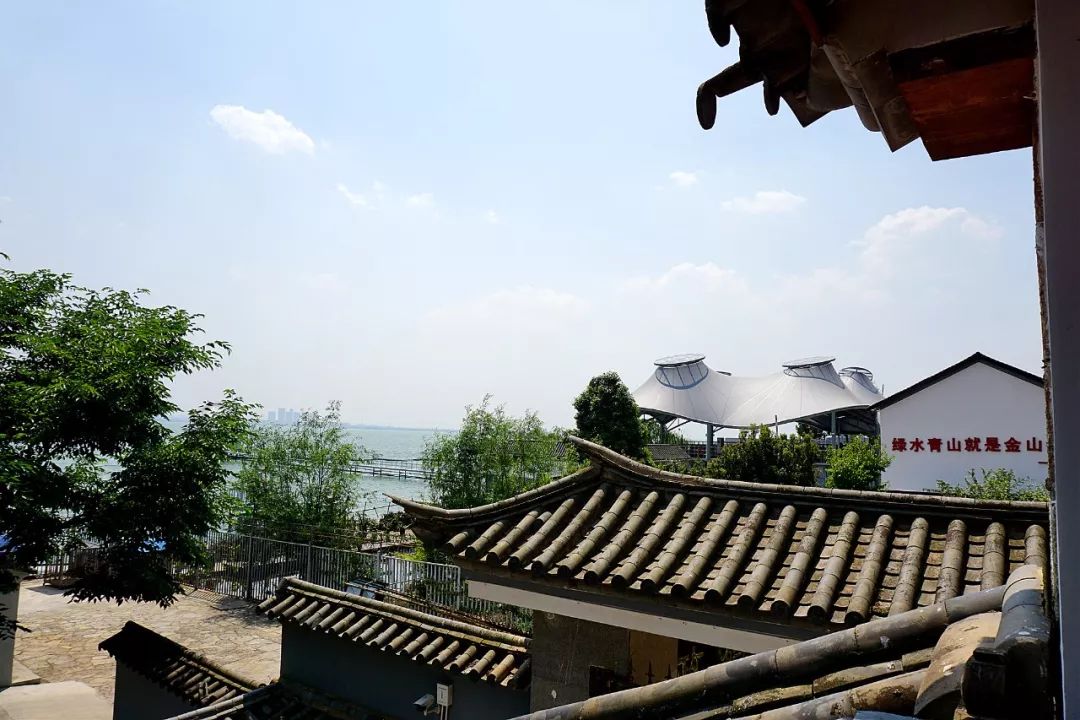
Zhou Peiyuan lived in Shanyi Village for about five years until 1943 At the beginning of the year, Mr. Zhou Peiyuan returned to the United States and went to California Institute of Technology to conduct scientific research before leaving Kunming and Shanyi Village. Rejected the invitation to become a U.S. citizen. He, his wife and three daughters left the United States and returned to Shanghai, where he continued to teach at Tsinghua University.
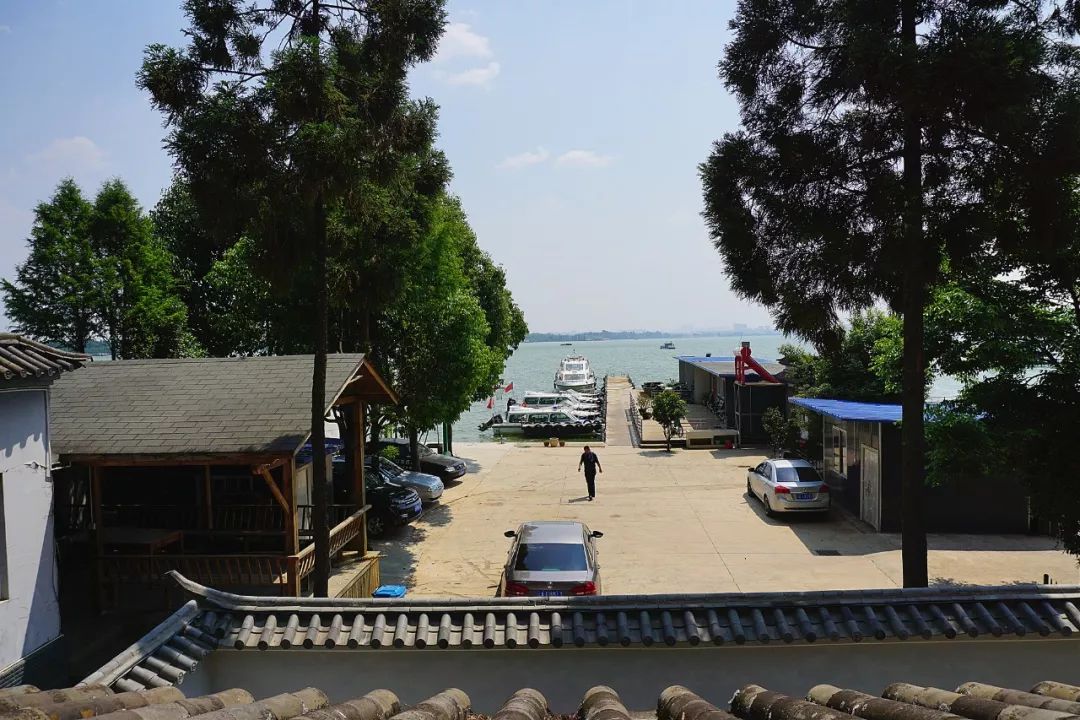
(The fishery pier seen from the old residence)
Today, the side of the old residence facing the lake is the "Fisheries Wharf", and you can see the view of the wharf from the second floor. Coming out of the old residence, there is a modern-shaped building heading south. Looking closer, this is an "algae water separation station", which is where blue algae in Dianchi Lake is treated.
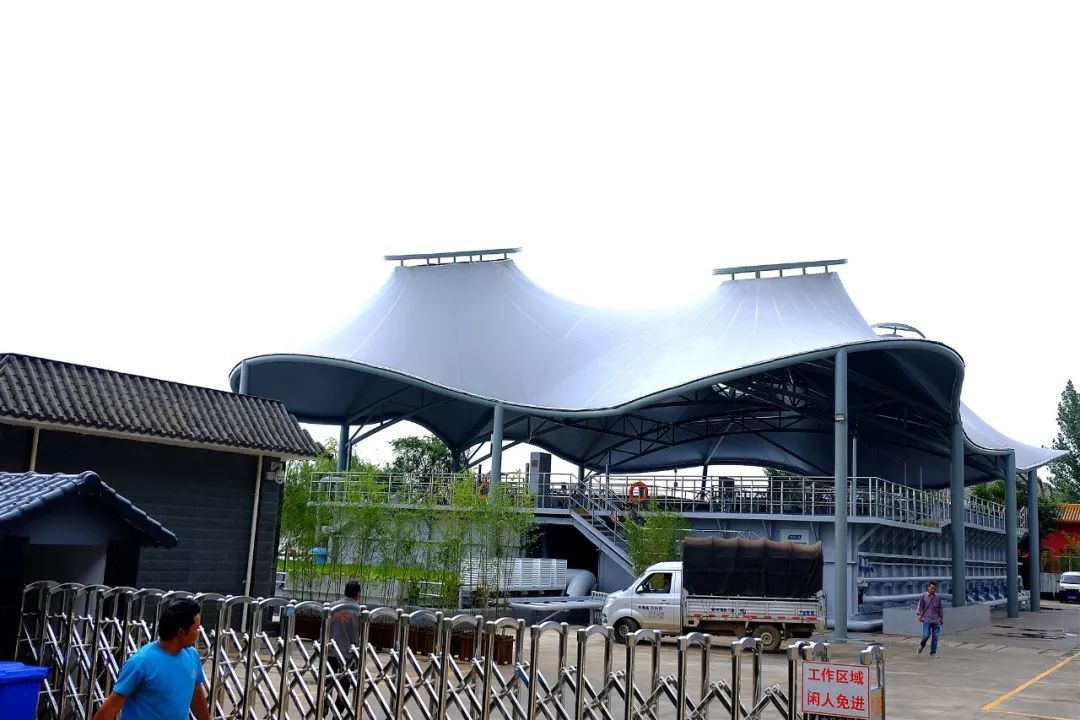
Beside the road leading to Gaohai Highway, there is a well. Looking down from the well mouth, the water is very clear. That day, I happened to meet an old man washing clothes by the well. After asking about it, the old man told him that this well was an old well. It existed long ago when there was a village here. The old man was originally from Longmen Village, and now he stays to guard the parking lot and green space.
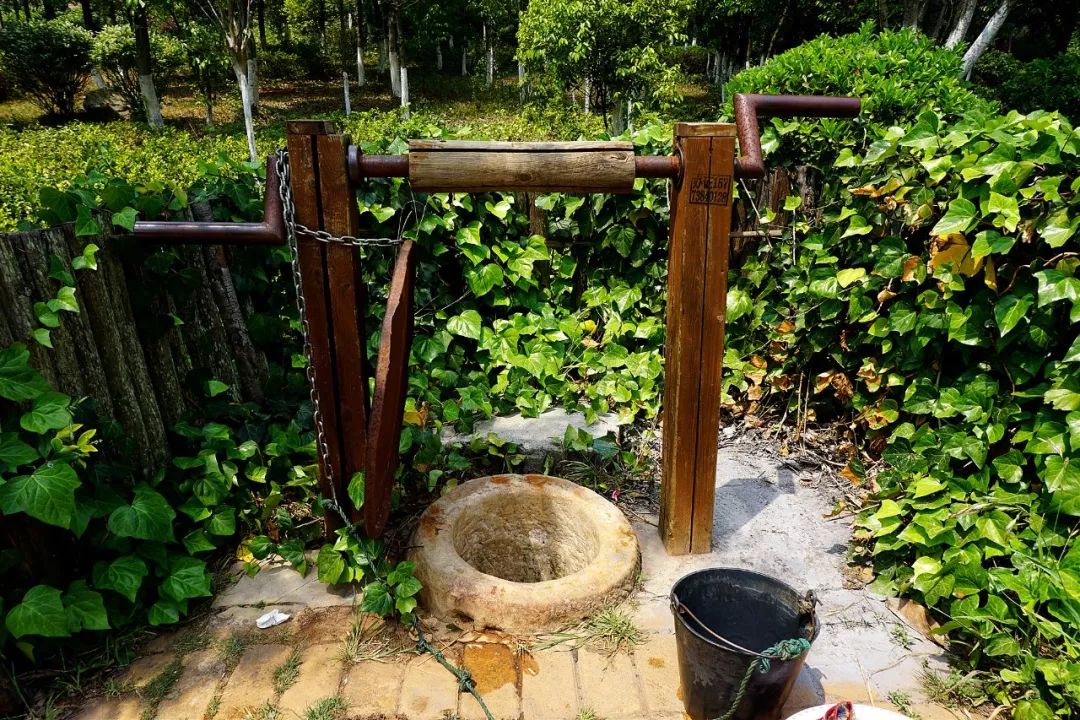
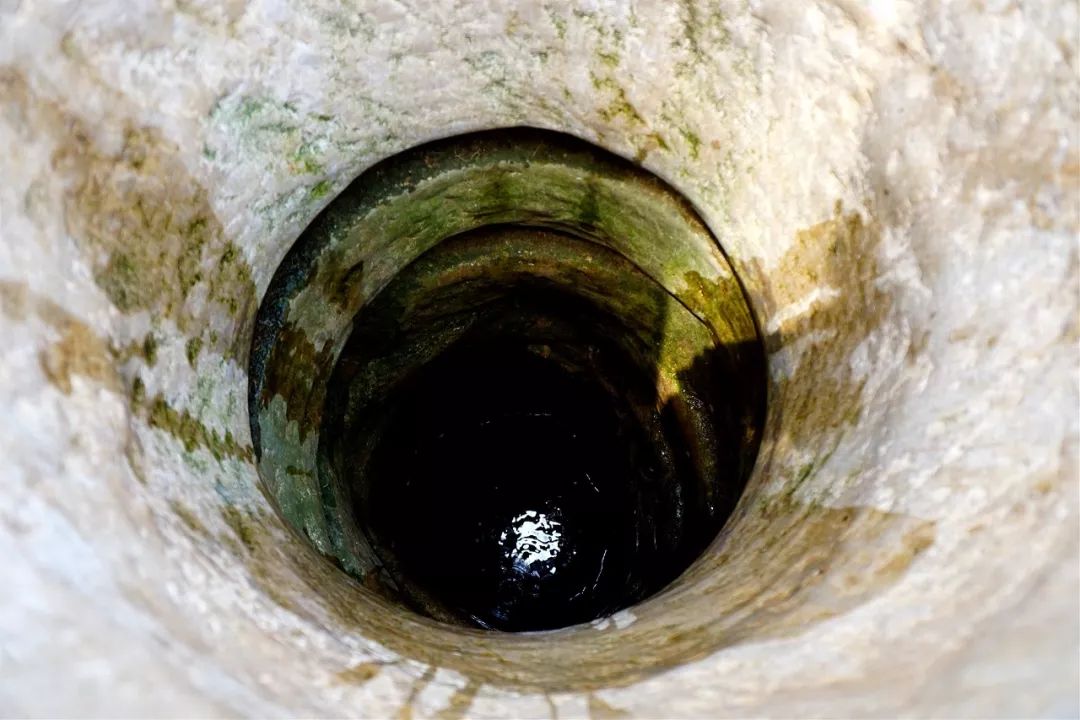
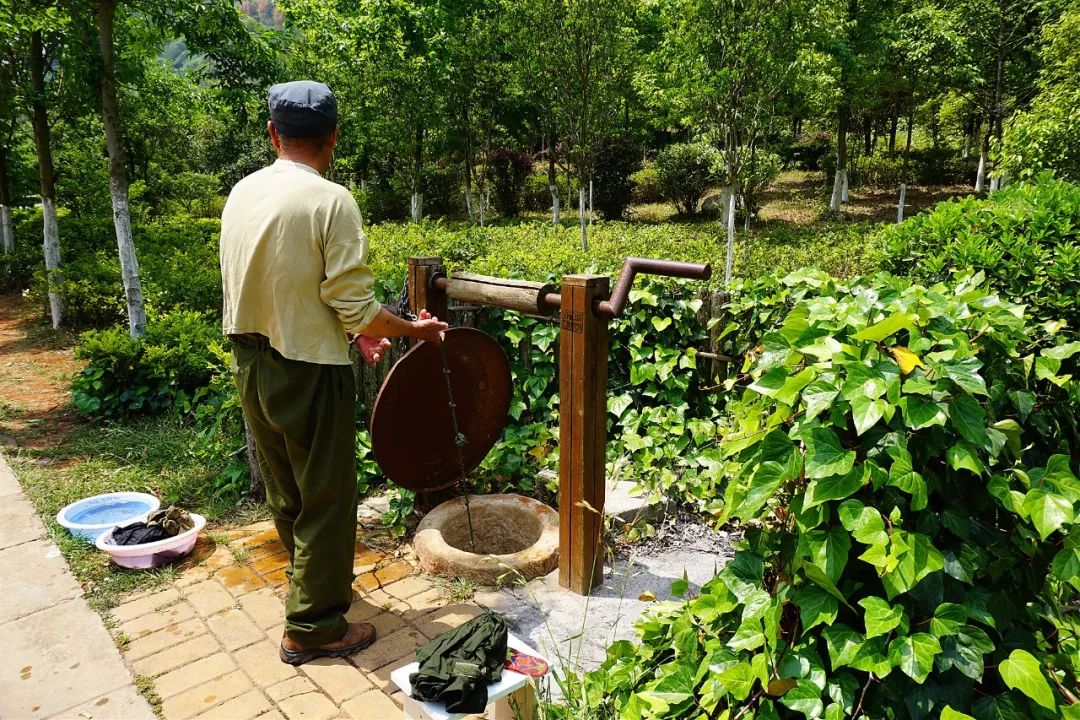
The village of Shanyi disappeared, but the houses and courtyards remained because celebrities lived there. Visiting an old residence is not because of its unique architecture, but because of the people who once lived there. There remains a spiritual charm and pursuit worthy of those who come after us.
The old well in the green space exists, silently telling the story of the past, telling the story of the management of Dianchi Lake, and witnessing the changes of Dianchi Lake.
There should be no gaps in history, and there will be no gaps.
